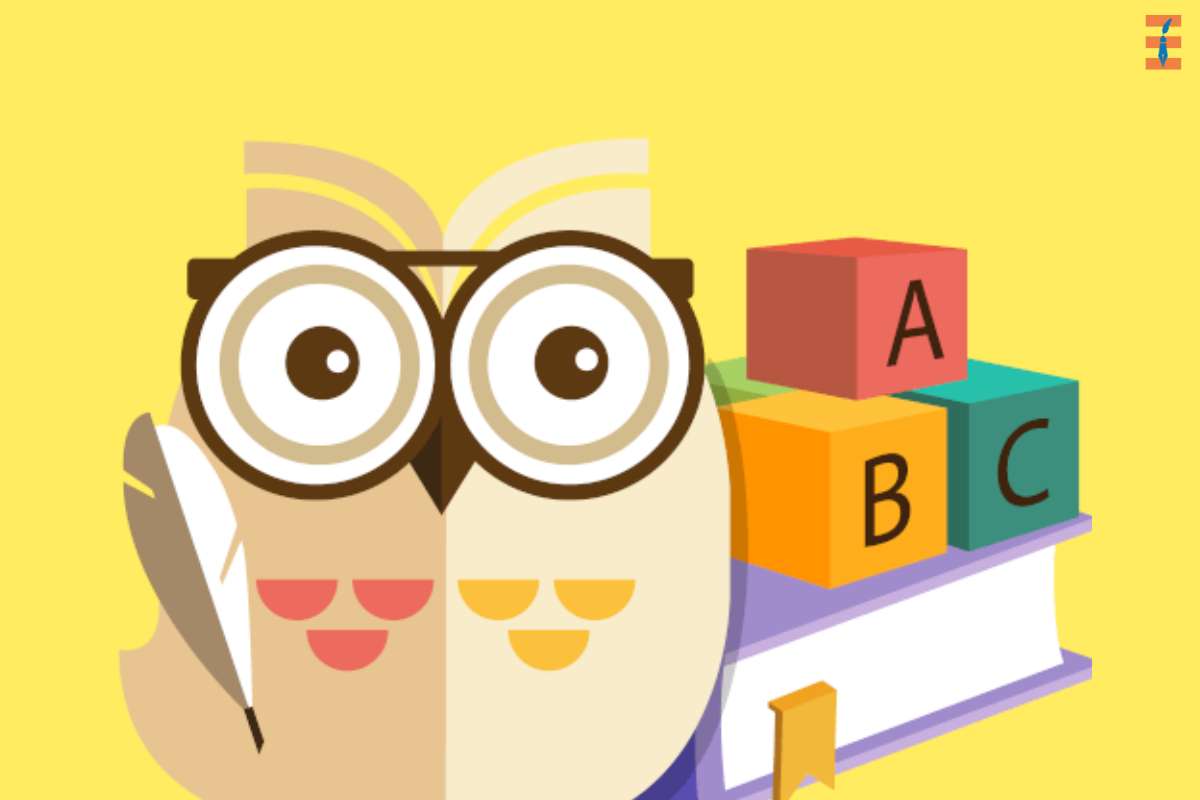What is microlearning? It is a mobile-ready learning technique that is accessible on any type of device. It offers immediate access to essential skills and knowledge hence, learners love microlearning. The technique allows instructional designers to develop high-quality training quickly and inexpensively. Many organizations that are not using microlearning are missing out on the chance to build the kind of fast-paced, engaging content that your learners want. Still not sure if this is for you? Read our article that explains the 10 best examples of microlearning and find out the benefits of it.
Here are 10 best examples of microlearning;
1. Microlearning Apps
Apps like TED and Headspace that provide content in bite-sized chunks keep students interested in the material they should be studying. This is due to the fact that these applications are considerably more interesting and convenient to use.
Microlearning applications provide a kind of Virtual Instructor-Led Training (VILT) that is simple to use and visually appealing to its audience of students. The widespread availability of smartphones and the applications for them make them one of the most convenient microlearning resources. It’s worth noting that these applications provide access to eLearning and microlearning information that may satiate the needs of the most dedicated student.
2. Microlearning Games
To those who say that games are solely for kids: All people may benefit from games if they are created with education in mind. It is important to note that microlearning games serve the same purpose as microlearning quizzes. They may be used to provide students a fun, interactive way to demonstrate what they’ve learned.

The main reason why microlearning games are so effective Examples of microlearning is because they provide learners with immediate feedback on their progress.
3. Microlearning Videos
Literate people have access to a wealth of knowledge thanks to written materials. Videos are Examples of microlearning, however, are what everyone is paying attention to in this age of short attention spans. They’re a fascinating medium for getting information through quickly and efficiently.
Microlearning films of three to ten minutes may cover as much ground as a 20-page eBook by breaking down bigger modules. The learning process becomes more engaging and engaging because of them. Video lessons may be seen by students in a variety of settings, including at their desks, at home, and even while traveling.
4. Short Scrolling Pages
Reading a book while staring at a screen full of text may be a little much. Some students won’t even read the first few pages of a book, much alone make it through to the end. You can get past students’ lack of interest by having them browse through a series of quick-fire pages.
You may access a vast quantity of information with only a single scroll of your mousepad, as long as the pages are short enough to read in one swift motion. The layout of these scrolling pages makes it simple to find the information you need, and it presents it in a way that is both readable and interesting.
5. Flashcards
A flashcard is like a short, concise tweet. The material is broken down into manageable parts and printed on only one side of the flashcard. What makes them so interesting, however, is that the reverse has a question that might explain the meaning of the material to students. They may utilize the technology to receive the data they need just when they need it.

Many flashcard sets also have a quiz component, which may be utilized to tap into students’ natural competitive spirit.
6. Microlearning Audiobooks
Strong auditory memory students might benefit from microlearning audiobooks. The success of audio novels stems from the fact that their listeners may multitask with them. You can go through a 50-page book in only 20-25 minutes of listening to an audio book, much as you can with microlearning videos.
7. WordWord of the Day
Students and employees alike may benefit from using the WordWord of the Day app to boost their English vocabulary. It’s great practice for the GRE and other standardized tests that need advanced writing skills. It’s not only English words that may be translated in this app; French and Russian words can as well.
The Word of the Day app, like the Easy 10 app, makes use of flashcard technology to help users remember new words every day. The students study one new word per day and may review previously taught terms to ensure retention. In less than three minutes each day, this software may help you expand your vocabulary.
8. Highbrow
Examples of microlearning like Highbrow provides working professionals with the option of taking courses through email. These mini-courses focus on becoming a well-rounded individual via the study of several areas, such as business, personal development, health, and wellness.

The duration of each course is 10 days. They come in a concise and straightforward email. Each of these courses is designed to help professionals achieve a particular goal, making them ideal for mobile study.
9. Summing Up
So there you go! Here are the top ten examples of microlearning to help you revamp your company’s training strategy. All of them, or any subset of them, may be easily included into a more extensive eLearning plan.
10. Infographics
One other amazing tool for incorporating microlearning into your L&D program is the infographic. For what reason, you may wonder? Reason being: they are interesting and comprehensive. They offer the material in a style that is engaging to students and includes all they could need to know about a subject.
One of the examples of microlearning like Infographics are preferred by students over traditional text-based material due to the latter’s less intuitive flow of information. Most infographics aren’t presented in a very forthright manner. Instead, they are represented in a manner that helps students make the necessary associations between the various pieces of information. Additionally, their visual depiction aids in visual learning.
Bottom Line
Microlearning offers some of the best benefits including improved learning retention, better satisfaction of learners, increased engagement, support to a learning culture, and boosted efficiency of the learner. As mentioned above few examples of microlearning can educate you about its importance and benefits. We hope you enjoyed reading our article and received crucial insights about the latest applications in microlearning.
Also read: What is m-Learning?

